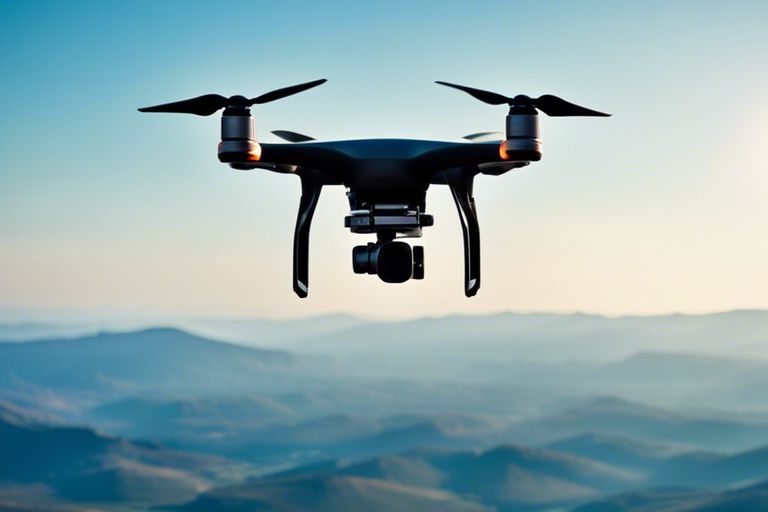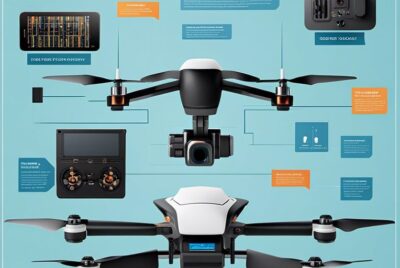“Drones vs. Birds – How UAVs Are Impacting Avian Behavior”
Over the past decade, the rise in popularity of Unmanned Aerial Vehicles (UAVs), commonly known as drones, has brought about significant changes in various fields. One area that has seen notable impact is the behavior of birds. As drones become more prevalent in the skies, researchers are observing shifts in avian behavior patterns and habitats. In this blog post, we will examine into the effects of drones on birds and explore how these technological advancements are influencing the natural behaviors of our feathered friends.
UAVs in Birds’ Habitats
The increasing presence of Unmanned Aerial Vehicles (UAVs) in birds’ habitats has raised concerns among researchers and conservationists. These aerial drones have the potential to disrupt the behavior, feeding patterns, and nesting habits of various bird species.
Case Examples of UAVs Disturbing Birds
The use of UAVs for recreational purposes or aerial photography has been documented to disturb birds in their natural habitats. For example, studies have shown that the noise and sudden appearance of drones can cause birds to exhibit signs of distress, such as increased vocalization, agitation, or disrupted foraging activities.
In another case, researchers observed that the presence of UAVs near seabird colonies led to nesting failures and lower reproductive success rates. The continuous disturbance from drones hovering overhead prevented the birds from tending to their eggs or chicks, ultimately impacting the overall population dynamics of the species.
Adaptations Birds Have Developed
To mitigate the disturbances caused by UAVs, birds have developed various adaptations to cope with the presence of these aerial intruders. Some species have been observed altering their flight paths or seeking refuge in more secluded areas away from drone activity to minimize stress and potential harm.
To further combat the threat posed by UAVs, certain bird species have shown increased vigilance and communication within their flocks when drones are present. By working together and staying alert, birds can better navigate their habitats and avoid potential conflicts with these technological disruptions.
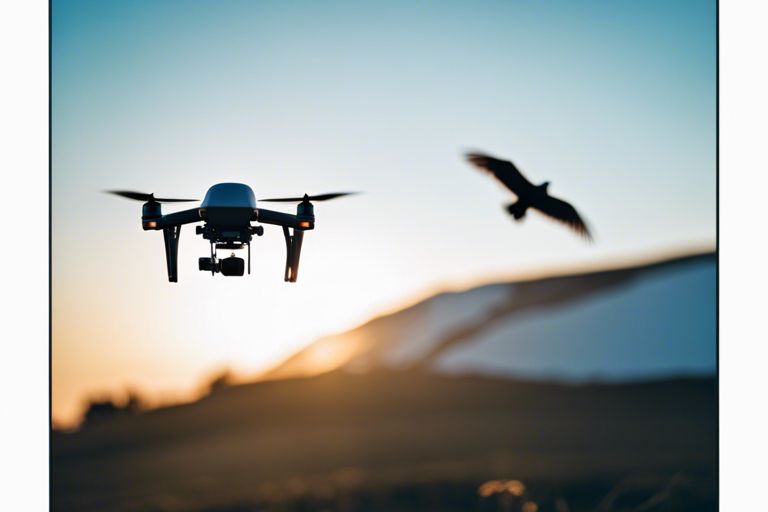
Ecological Implications
One of the key concerns surrounding the increasing use of unmanned aerial vehicles (UAVs) is their impact on avian populations and behavior. As drones become more prevalent in the skies, researchers are starting to uncover the ecological implications of their presence on birds.
Impact on Bird Migration Patterns
Migration is a critical aspect of bird behavior, allowing them to travel vast distances in search of suitable habitats and resources. However, the growing presence of drones in areas frequented by migratory birds is causing disruptions to their traditional migration patterns. The noise and disturbance caused by UAVs can alter the behavior of birds, causing them to deviate from their usual routes or expend extra energy to avoid perceived threats.
Furthermore, studies have shown that repeated exposure to drones can lead to chronic stress in birds, affecting their overall health and survival. This disruption to migration patterns can have far-reaching consequences for avian populations, potentially impacting their ability to find food, breed successfully, and maintain healthy populations.
Consequences for Breeding and Nesting
Impact on breeding and nesting behaviors is another significant concern arising from the increasing presence of drones in bird habitats. Drones flying in close proximity to nesting sites can cause disturbance and distress to breeding pairs, leading to increased nest abandonment rates and a decrease in reproductive success. The presence of drones can also alert predators to the location of nests, putting eggs and chicks at higher risk of predation.
It is crucial for researchers, drone operators, and policymakers to consider the potential consequences of drone use on bird breeding and nesting behaviors. By understanding and mitigating these impacts, we can help protect avian populations and ensure the ecological balance of our ecosystems remains intact.
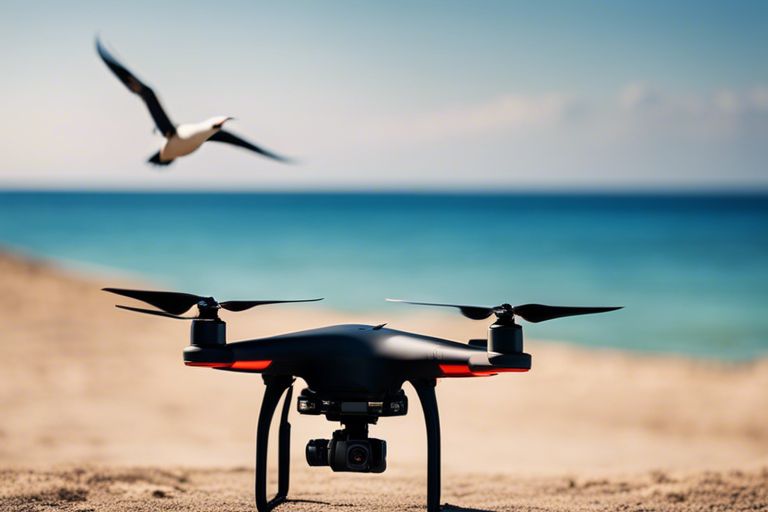
Mitigation Strategies
Guidelines for UAV Operation Near Bird Habitats
Near bird habitats, it is crucial for UAV operators to adhere to specific guidelines to minimize disturbance to avian species. Firstly, maintain a safe distance from nesting sites and areas where birds are actively foraging or resting. This distance will vary depending on the species, so it is important to research and understand the behavior of local bird populations before flying UAVs near their habitats.
Additionally, limit the use of UAVs during sensitive times such as mating, nesting, or migration seasons. The presence of drones during these critical periods can cause undue stress to birds and disrupt their natural behaviors. By being mindful of the timing of operations, UAV pilots can reduce their impact on avian populations.
Designing Bird-friendly UAV Technology
To mitigate the effects of UAVs on birds, it is essential to design bird-friendly technology that minimizes the disturbance caused by drones. This includes features such as quieter propulsion systems to reduce noise pollution, as loud sounds can startle and disturb bird colonies. Furthermore, incorporating visual cues on UAVs to make them more visible to birds can help prevent collisions and reduce the risk of injury to avian species.
Guidelines for designing bird-friendly UAV technology aim to promote coexistence between drones and birds by prioritizing the safety and well-being of avian populations. By implementing these design principles, manufacturers can contribute to the conservation of bird species and support sustainable UAV operations in natural habitats.
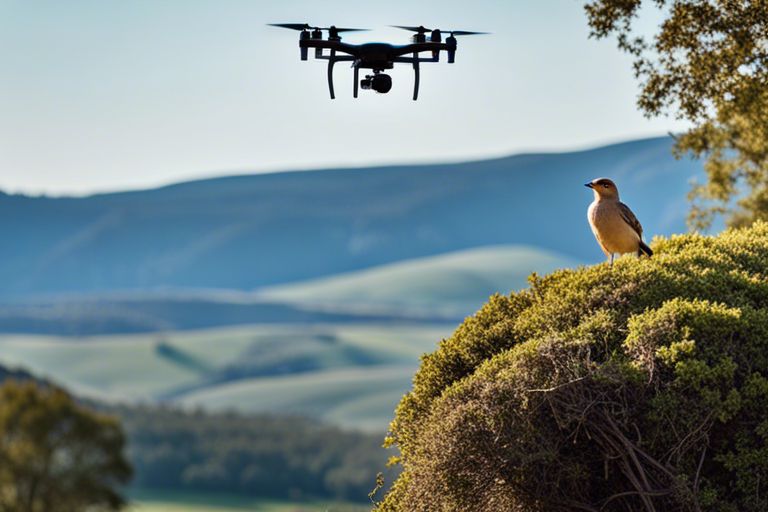
The Future of Drones and Birds Coexistence
As the use of Unmanned Aerial Vehicles (UAVs) continues to rise, the interaction between drones and birds is becoming an increasingly important topic. Understanding how these two entities can coexist harmoniously is crucial for both technological advancements and wildlife conservation efforts.
Ongoing Research and Developments
To foster a peaceful coexistence between drones and birds, ongoing research and developments are essential. Scientists and engineers are collaborating to design drones with features that minimize disturbance to bird species. By studying bird behavior in response to UAVs, valuable insights are being gained to inform the development of safer drone technologies. These advancements aim to reduce the impact of drones on avian populations while still allowing for the benefits that drone technology offers.
Potential for UAVs in Avian Conservation
Drones have the potential to revolutionize avian conservation efforts. With their ability to reach remote or inaccessible areas, UAVs can assist researchers in monitoring bird populations, studying habitats, and even detecting threats such as illegal poaching or habitat destruction. The data collected by drones can provide valuable information for conservation strategies and help protect vulnerable bird species.
Drones equipped with thermal imaging cameras can also aid in tracking bird migration patterns and nesting behaviors, offering a non-invasive way to study avian populations. This technology has the potential to significantly enhance our understanding of bird ecology and contribute to more effective conservation measures.
To wrap up
Considering all points, it is evident that UAVs have a significant impact on avian behavior. From disrupting nesting patterns to causing stress and altering migration routes, drones pose a threat to bird species worldwide. As technology advances and drone usage becomes more widespread, it is crucial for regulations to be implemented to protect avian populations and their habitats. By understanding the implications of UAVs on birds, we can work towards finding ways to coexist with these advanced technologies while minimizing harm to our feathered friends.
